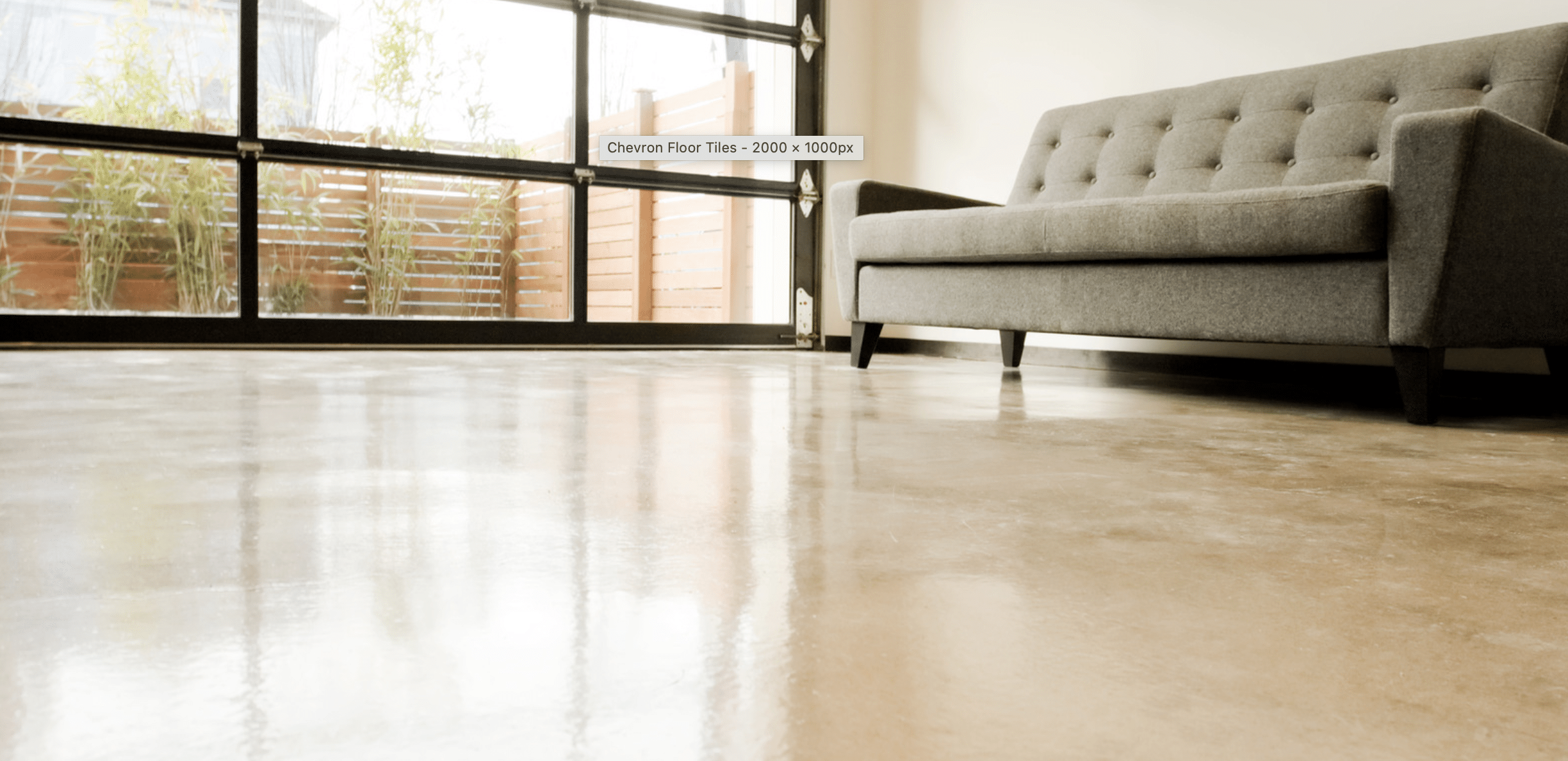Porcelain tiles have a mat surface when produced, and if viewed under a microscope that surface would have peaks and troughs. Some surfaces are deliberately glazed to produce textures – for example, woodgrain – so that to the touch, greater realism is achieved. The glaze on the surface of a porcelain tile is very hard and strong. It has to be, so the tile can withstand foot traffic without showing any wear and tear. This hardness means the surface can be polished with granite brushes to achieve a different aesthetic. Lappato is a ‘light’ polishing that removes the high surfaces of the texture and leaves low surfaces untouched.
When the surface of the tile is smooth, lappato polishing can produce a more glossy and reflective effect. Despite the smoothness, tiles with this finish tend to be more slip-resistant than fully polished tiles – meaning they are an ideal choice for bathroom floors.
The process can also be used to enhance the characteristics of a style and really bring out a tiles unique features.
 For more information on lappato polishing contact our Tiles and Mosaics team on And don’t forget to check out our amazing customer reviews.
For more information on lappato polishing contact our Tiles and Mosaics team on And don’t forget to check out our amazing customer reviews.

